The Future of Pest Control:
Embracing Sustainability in a Changing World
As we navigate a world increasingly focused on sustainability, industries across the board are rethinking their practices—and pest control is no exception. Consumers and businesses alike are calling for solutions that not only effectively manage pest problems but also minimise harm to the environment. At the National Pest Technicians Association (NPTA), we believe that the future of pest control lies in balancing efficiency with eco-consciousness. In this blog, we explore the sustainable practices shaping the future of our industry and how NPTA members are leading the change.
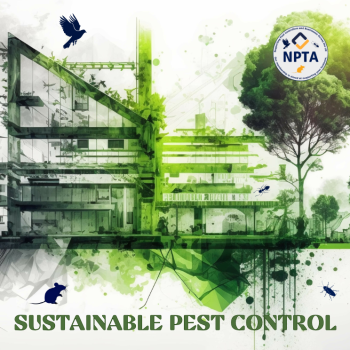
The Shift Towards Sustainable Pest Control
Pest control has traditionally relied on chemical treatments to address infestations. However, with rising environmental concerns and stricter regulations on pesticide use, the industry is moving toward greener, more sustainable solutions. Public awareness has also driven this shift, as customers now expect pest control services to align with broader sustainability goals. They want safe, humane, and effective methods that protect both their property and the environment.
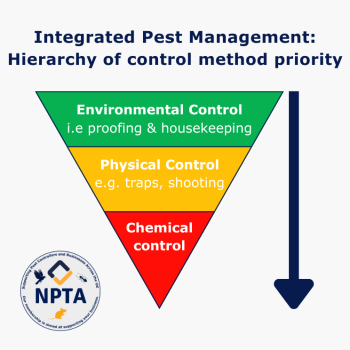
Integrated Pest Management (IPM): The Foundation of Sustainability
One of the key methods revolutionising pest control is Integrated Pest Management (IPM). Rather than relying solely on chemicals, IPM uses a combination of tactics to prevent and control pests. These include biological controls, habitat modification, and mechanical exclusion techniques. IPM begins with understanding the root cause of pest issues—whether it’s access to food, water, or shelter—and focuses on eliminating those factors to reduce reliance on chemicals.
For example, preventing rodents from entering a property by sealing entry points is far more sustainable than repeatedly using poisons. Not only does IPM reduce environmental impact, but it also leads to longer-lasting pest control results.
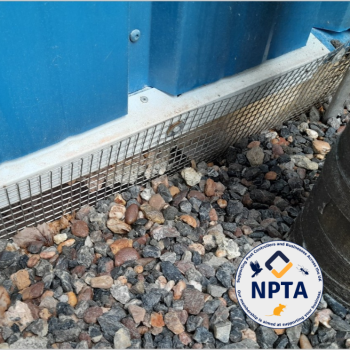
Biological and Mechanical Controls: Nature’s Solution
A major component of sustainable pest control is the use of biological control methods. These involve using a pest’s natural enemies—such as predators, parasites, or pathogens—to manage populations. For example, introducing nematodes to control soil pests or using pheromone traps for insects are examples of how biological agents can effectively reduce pest numbers without harming the environment.
In addition, mechanical and physical controls—like traps, barriers, and exclusion techniques—are playing an increasingly important role. These methods eliminate the need for chemicals and allow for targeted pest control, minimising harm to non-target species.
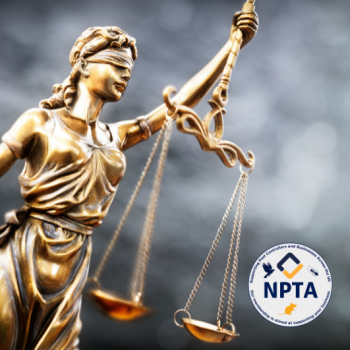
Regulatory Changes: Driving the Shift to Green Practices
Recent changes in environmental regulations are also pushing the pest control industry toward sustainable practices. In the UK and across Europe, many pesticides that were once commonly used have been banned or heavily restricted due to their detrimental effects on the environment, particularly on pollinators like bees.
These changes are forcing pest control companies to innovate, and those who embrace sustainable methods are not only staying ahead of regulations but also gaining a competitive edge. By reducing reliance on chemicals and adopting greener strategies, companies are demonstrating their commitment to protecting the environment while still delivering results.
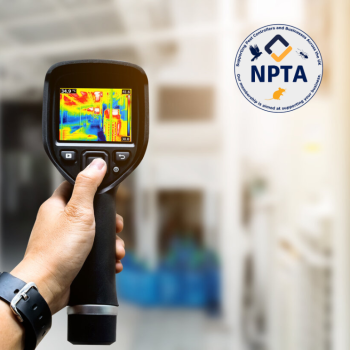
The Role of Technology in Sustainable Pest Control
Technology is also playing a key role in transforming how pests are managed. From remote monitoring systems to smart traps and drones, modern tech solutions are allowing for more precise, targeted interventions that reduce the need for widespread pesticide use. Remote sensors, for instance, can alert pest controllers to the presence of pests before infestations get out of hand, enabling a rapid response with minimal environmental impact.
Another exciting development is the use of thermal cameras to detect hidden infestations, especially in hard-to-reach areas like roofs or behind walls. These innovations not only make pest control more efficient but also more sustainable, as they reduce the need for broad-spectrum treatments.
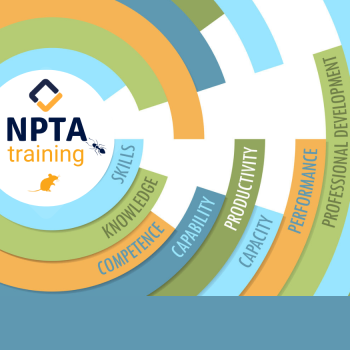
Education and Training: The Key to Sustainable Success
At the NPTA, we recognise that adopting sustainable pest control practices requires ongoing education and training. That’s why we offer resources and support to ensure our members are equipped with the latest knowledge on eco-friendly solutions. From workshops on Integrated Pest Management to updates on regulatory changes, we are committed to helping pest controllers stay at the forefront of the industry.
For pest control businesses, sustainability isn’t just a buzzword—it’s a pathway to growth. By adopting greener methods, companies can meet the demands of increasingly eco-conscious consumers and stand out in a competitive market.
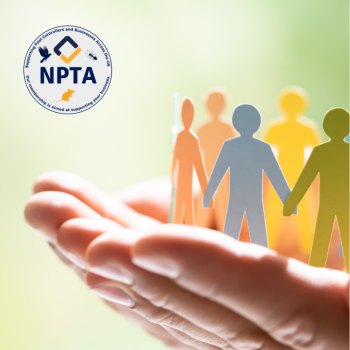
Overcoming Challenges and Looking to the Future
Of course, balancing sustainability with cost and effectiveness can be challenging. Some sustainable methods may require more time or investment upfront, and pest controllers may need to educate clients on why these approaches are more beneficial in the long run. However, the benefits far outweigh the challenges.
The future of pest control is clear: it’s not just about managing pests; it’s about doing so in a way that protects the planet for generations to come. As innovations continue, we expect to see more widespread adoption of eco-friendly practices across the industry. Biopesticides, further advancements in IPM, and tighter regulations will all play a part in shaping a greener future.
Conclusion
As we look to the future, the NPTA remains committed to promoting sustainable pest control practices.
We encourage pest controllers and consumers alike to prioritise eco-friendly solutions and explore the benefits of Integrated Pest Management and other sustainable methods.
Together, we can ensure that the pest control industry not only thrives but also leads the way in environmental stewardship.







